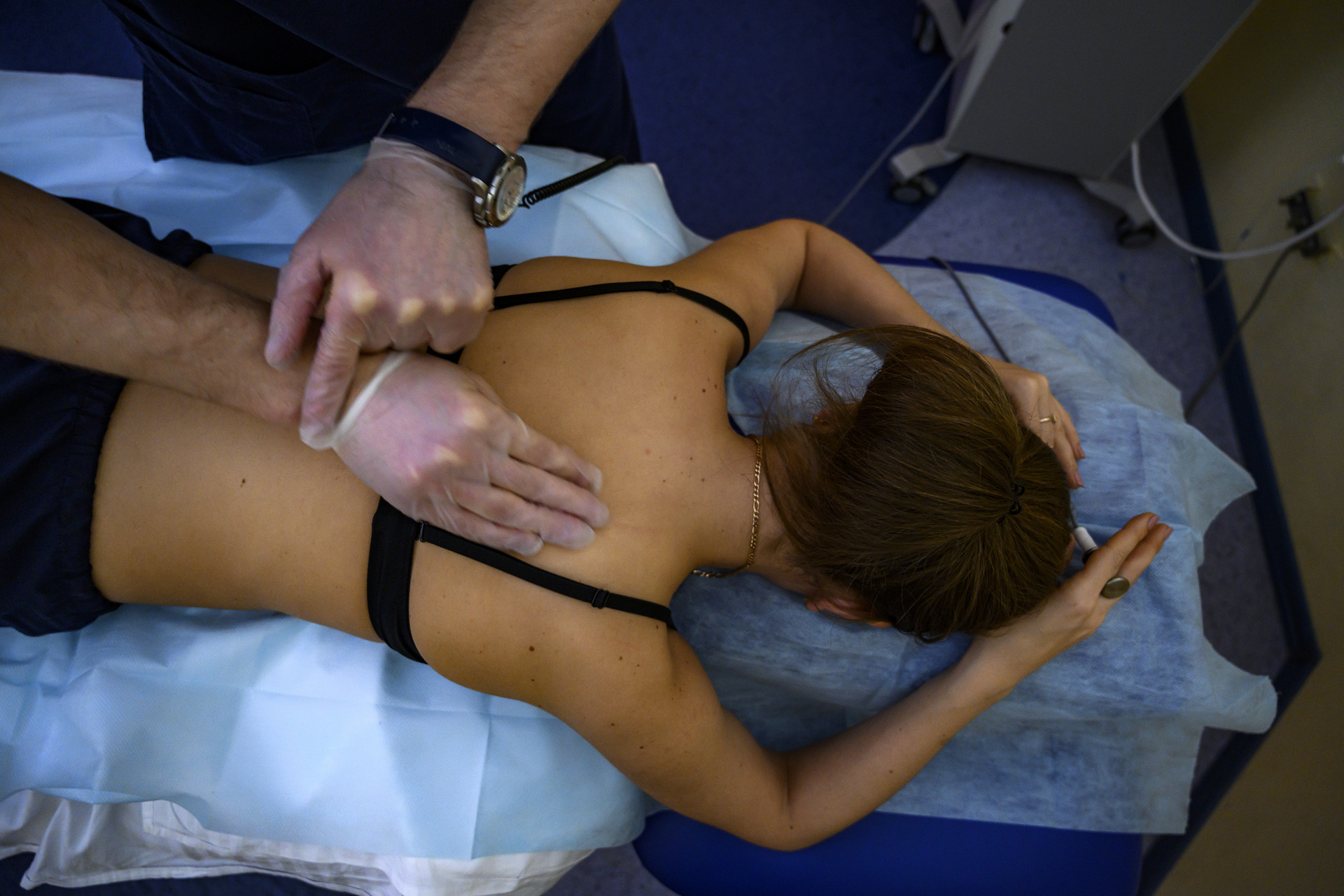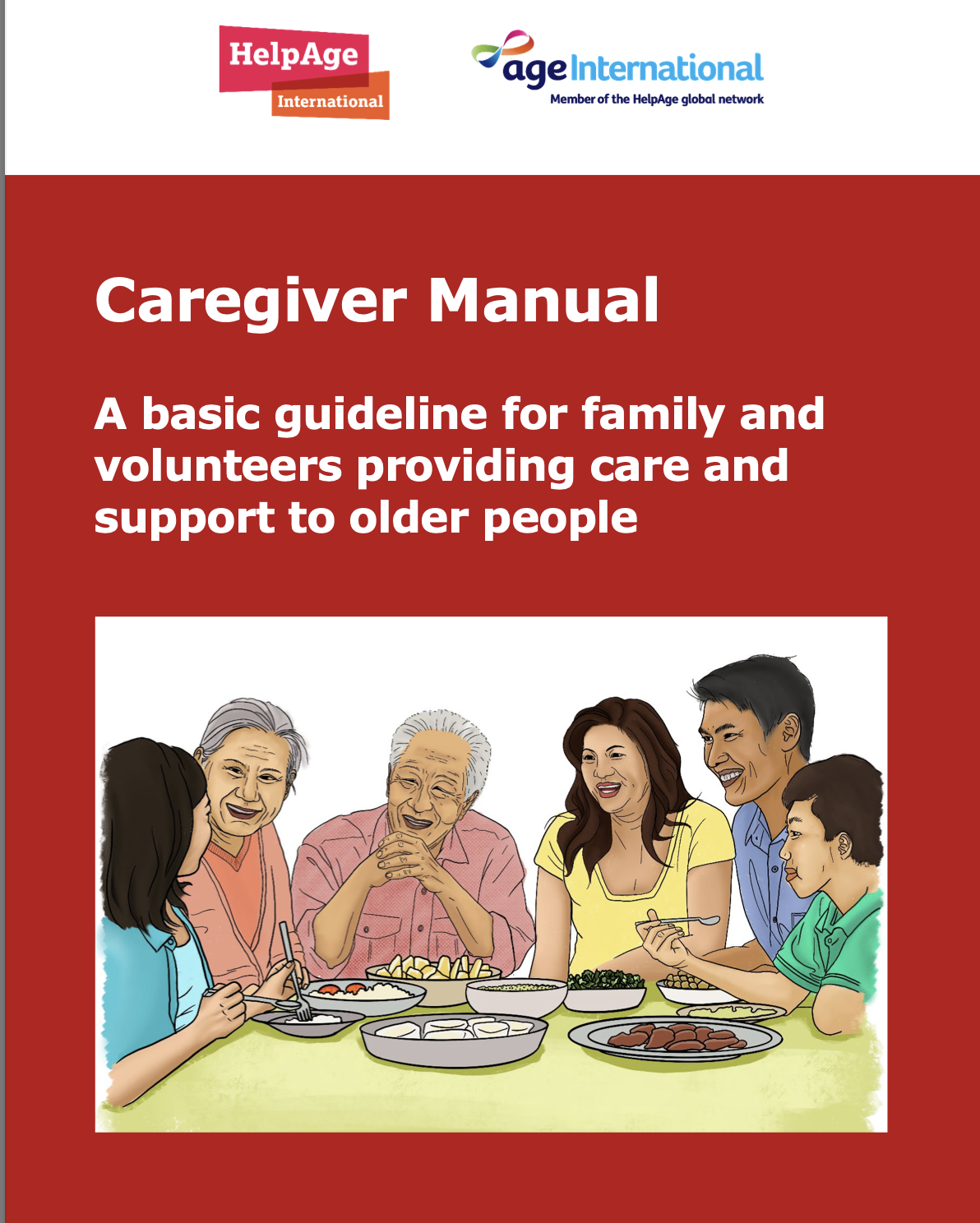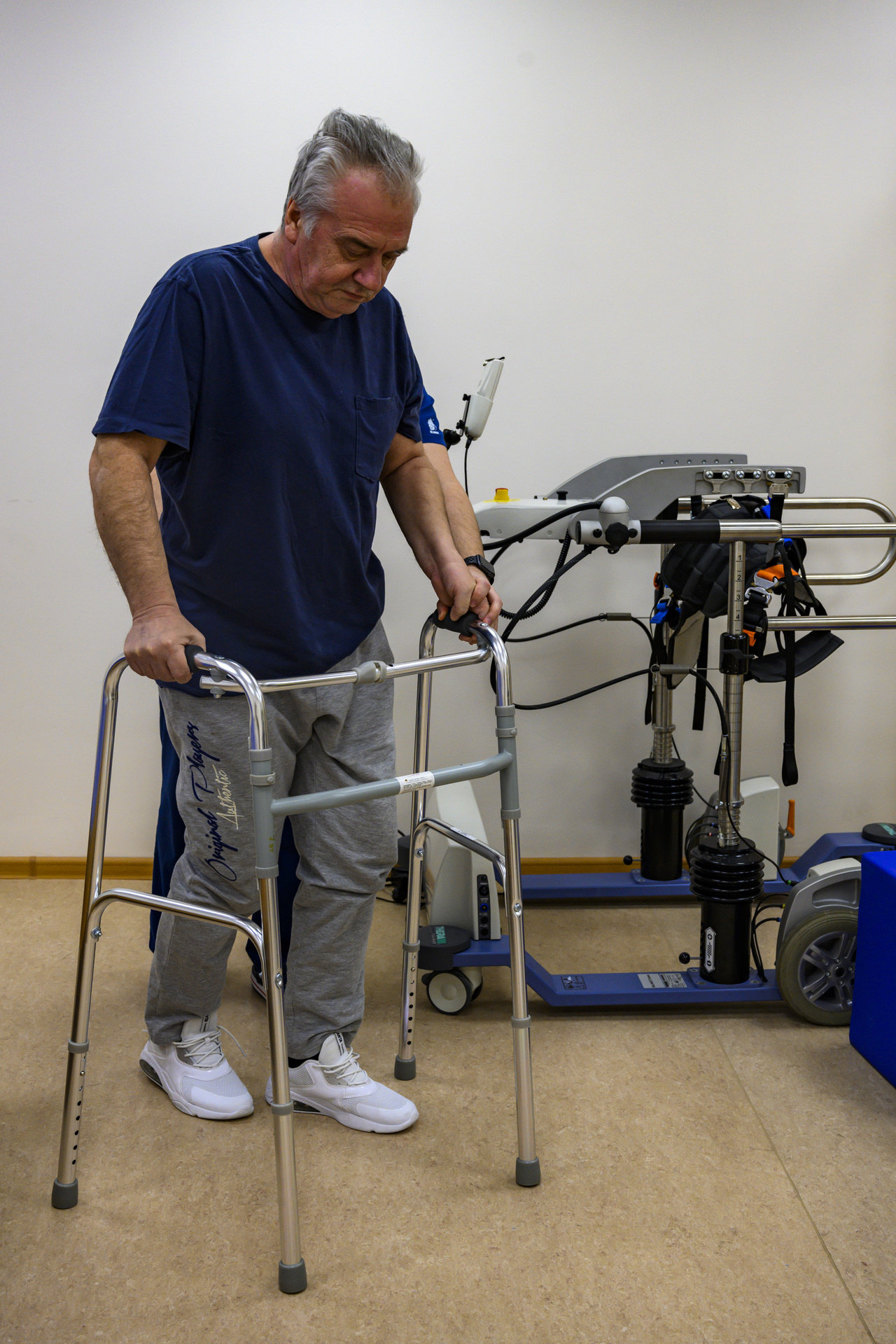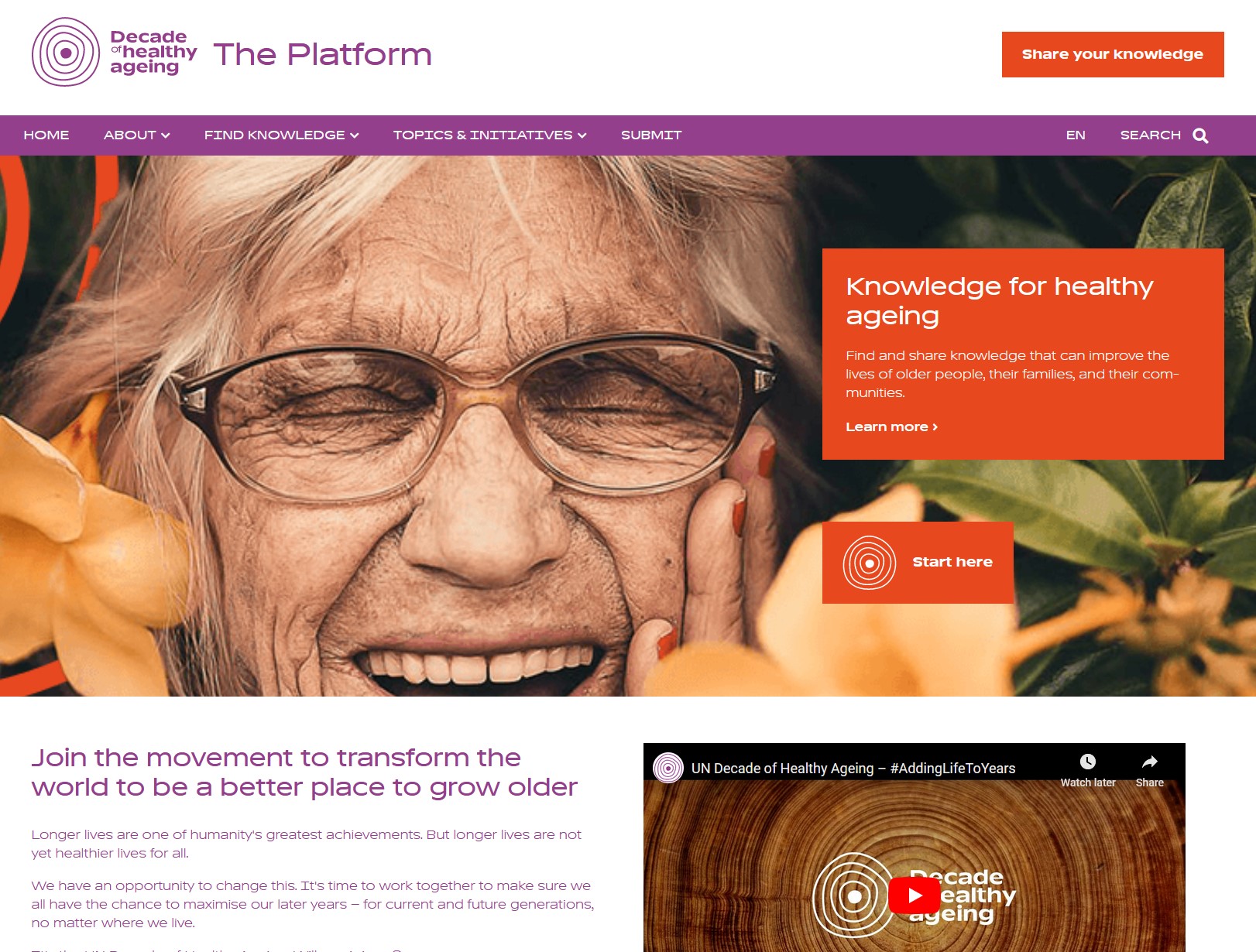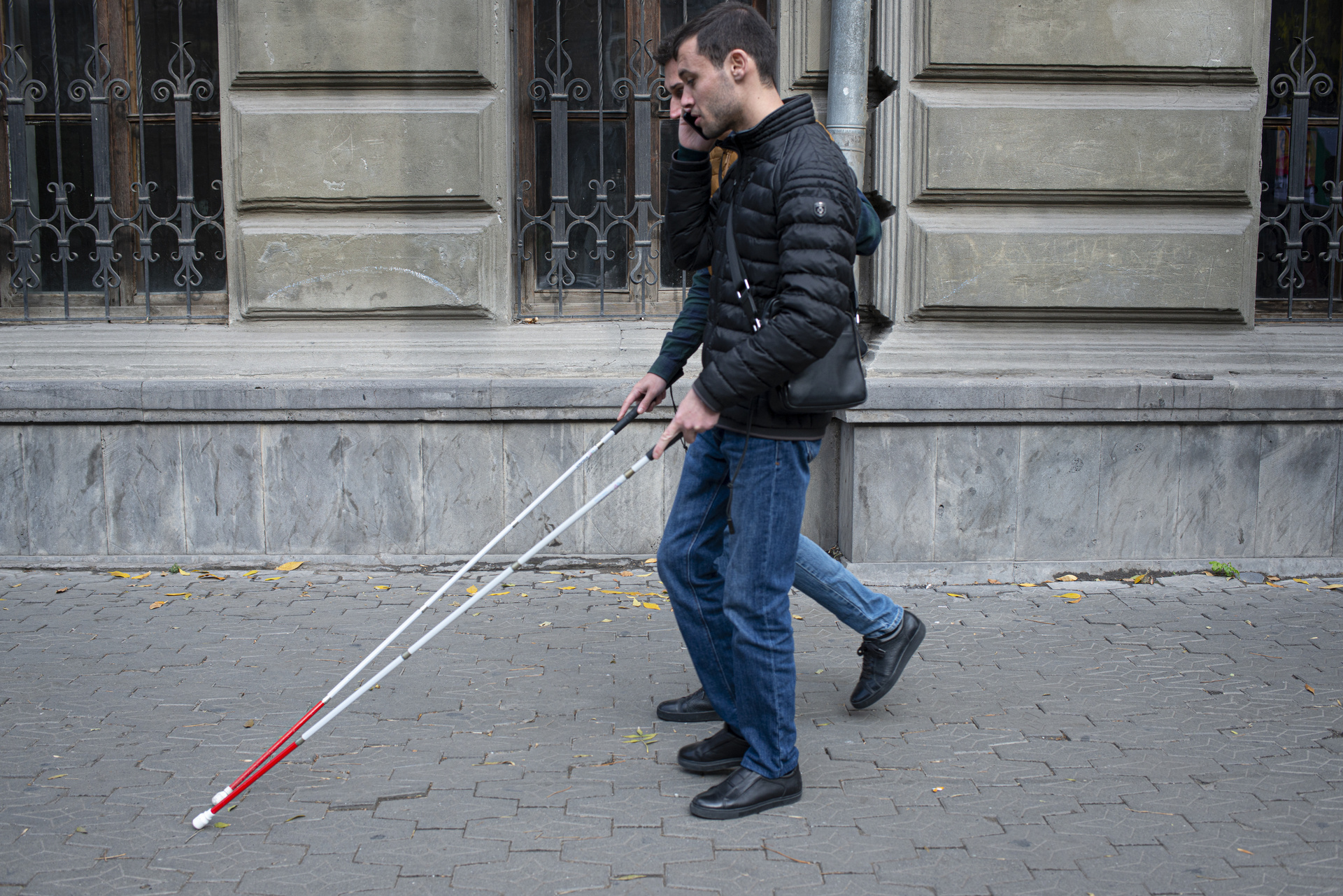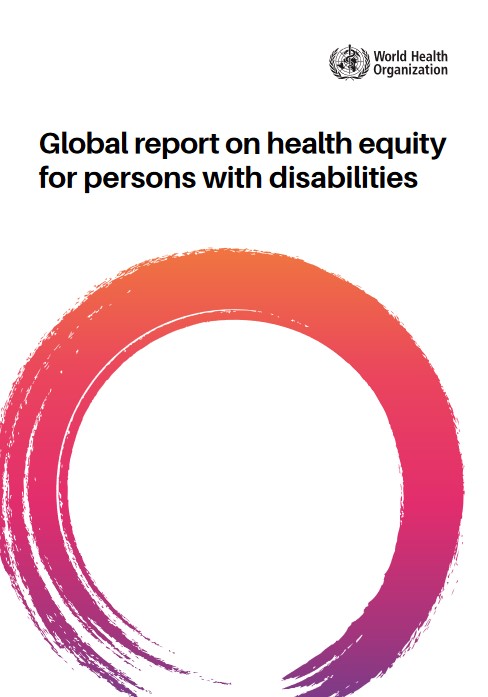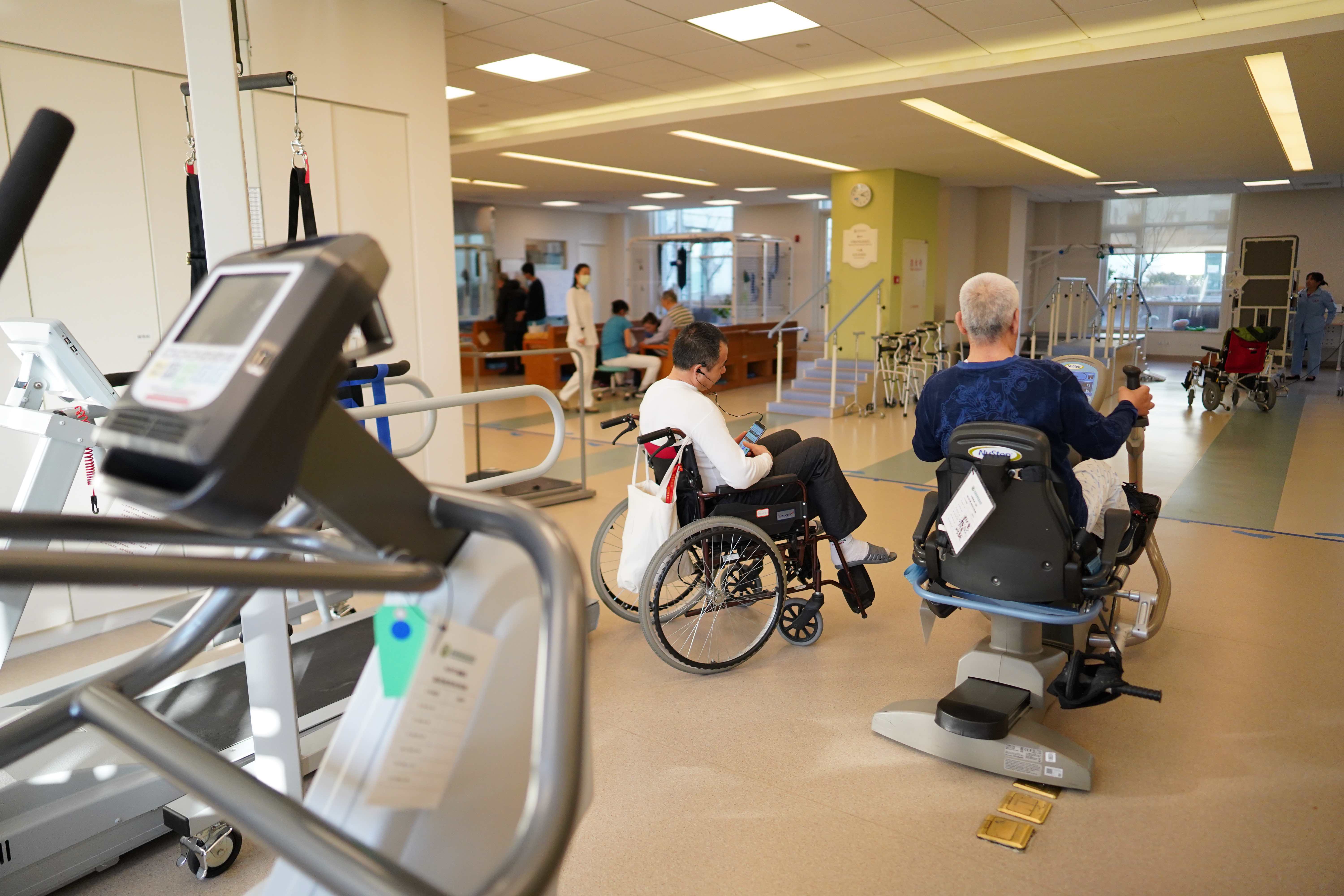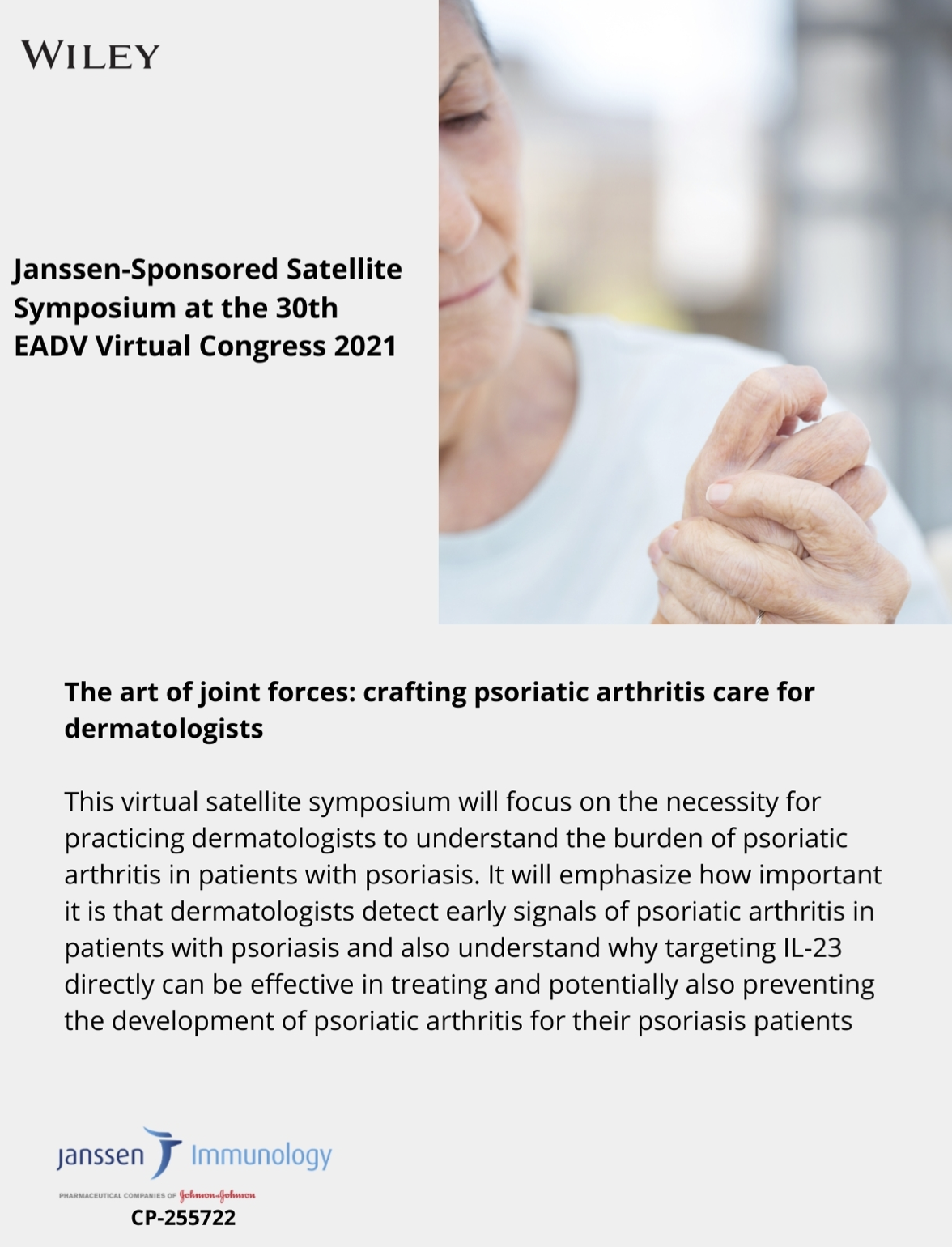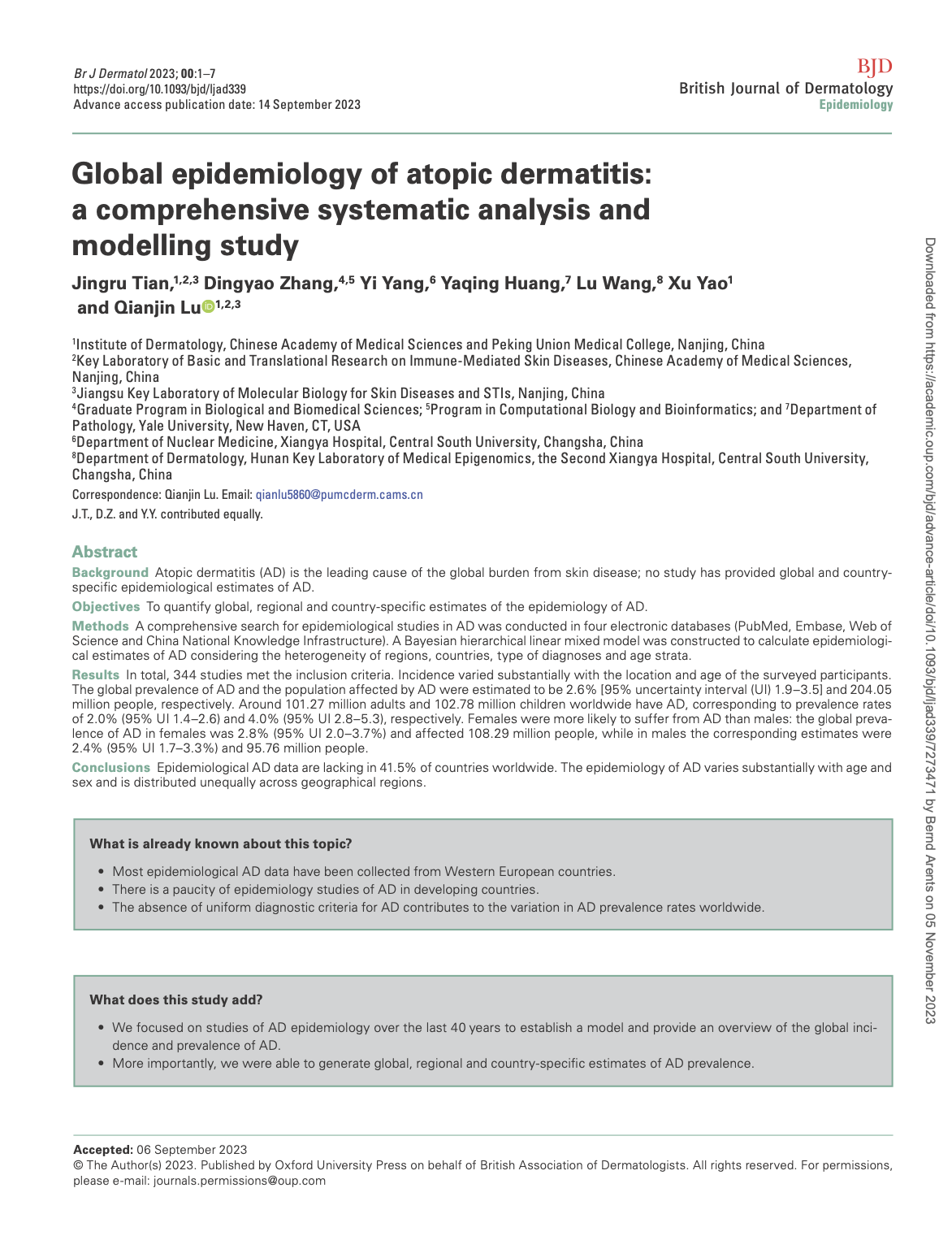Overview
Low back pain (LBP) describes pain between the lower edge of the ribs and the buttock. It can last for a short time (acute), a little longer (sub-acute) or a long time (chronic). It can affect anyone.
LBP makes it hard to move and can affect quality of life and mental well-being. It can limit work activities and engagement with family and friends.
LBP can be specific or non-specific. Specific LBP is pain that is caused by a certain disease or structural problem in the spine, or when the pain radiates from another part of the body.
Non-specific LBP is when it isn’t possible to identify a specific disease or structural reason to explain the pain. LBP is non-specific in about 90% of cases.
In all types and at all stages of LBP, rehabilitation is essential to reassure people and help them make sense of their pain, help them return to activities they enjoy and identify strategies to support recovery and improve function. Specialized care pathways may be needed for specific LBP.
An estimated 619 million people live with LBP and it is the leading cause of disability worldwide. LBP is a major public health issue. LBP is often associated with loss of work productivity and thus produces huge economic burden on individuals and on societies.
Information presented on this page has been replicated from the linked WHO fact sheet. Please always refer to the original source on who.int for the latest version. Last update: March 2024

